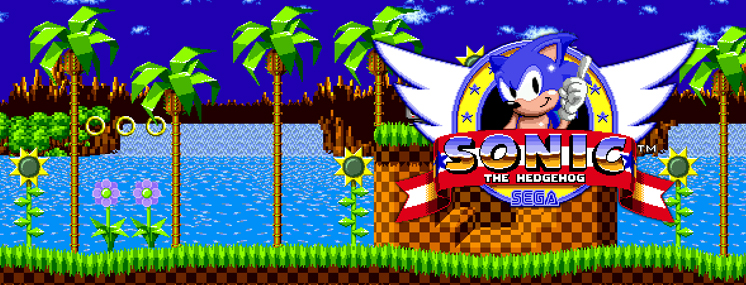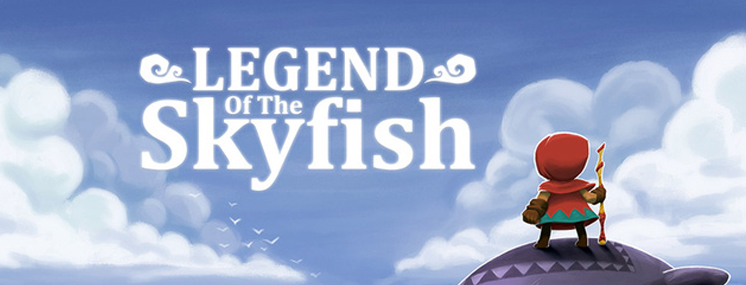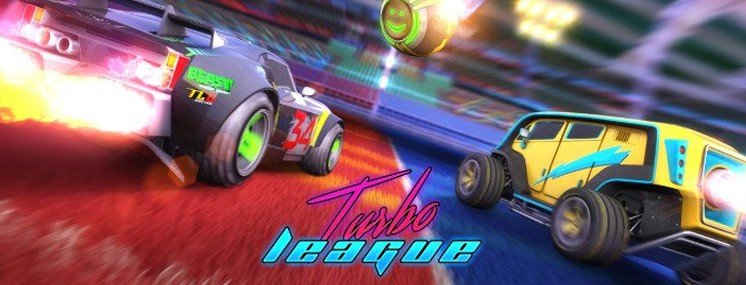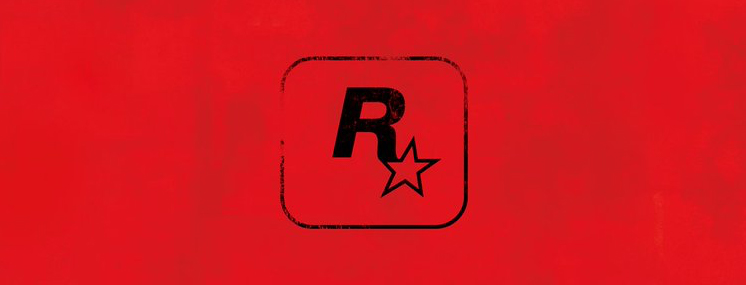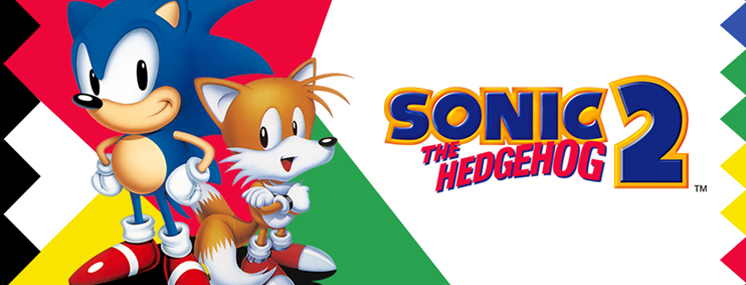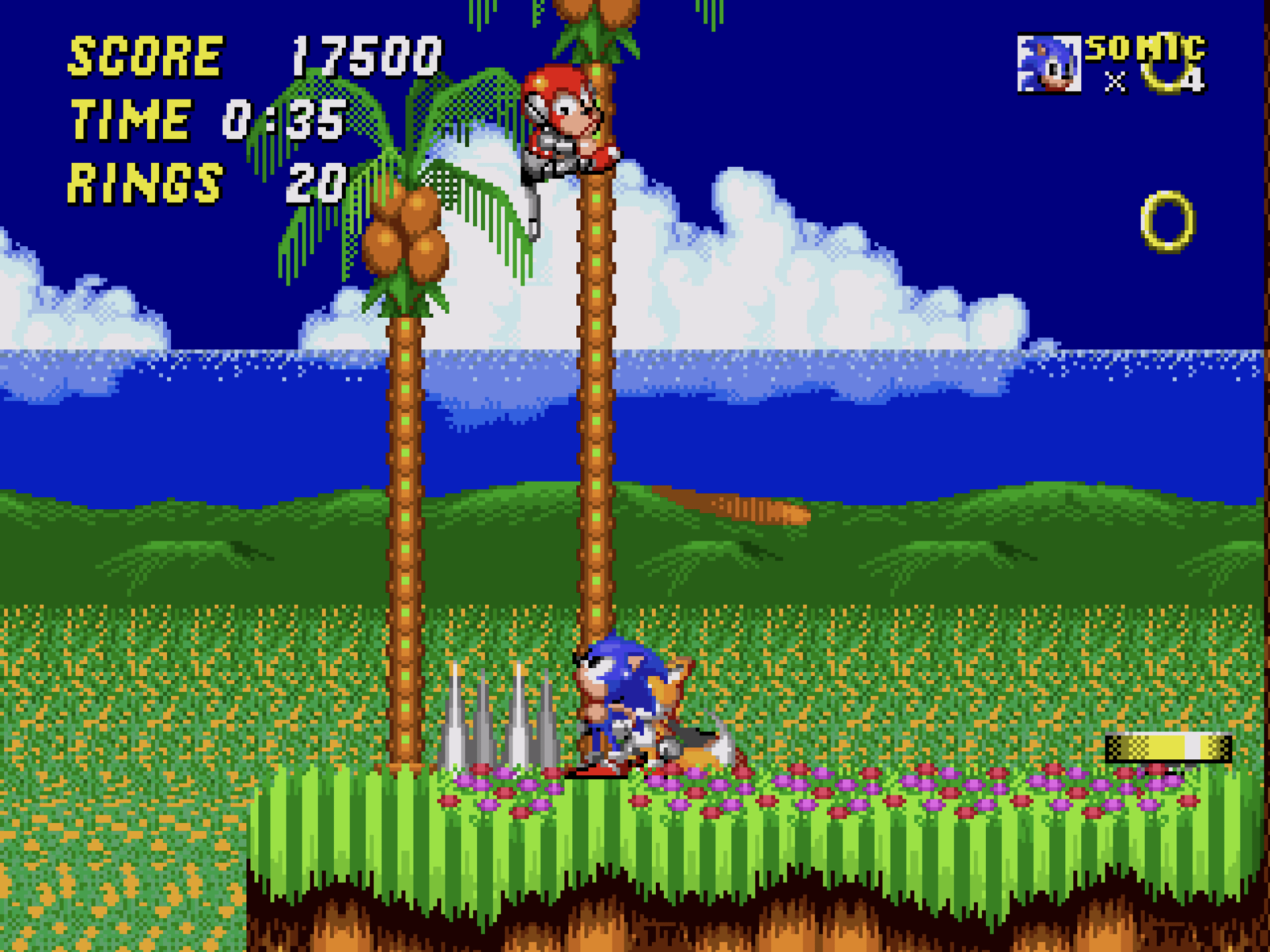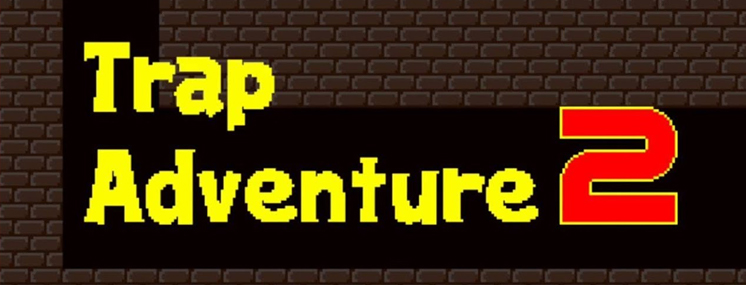
Trap Adventure 2 is Oddly Addicting and Worth a Download
When I first saw footage of Trap Adventure 2 shared on Twitter, I assumed it was a joke. It seemed like a parody of the tough-as-nails platforming genre, made by some indie developer for other indie developers to laugh at. The reason why: even though this is a genre where the focus is on building incredibly-difficult levels, the player should never feel cheated, but should always feel like if they were quick and observant, they could succeed.
That makes this “game footage” a pretty clever joke, if you’re a developer who is focused on carefully crafting levels to meet the rules of the genre. Skilled play seems to be irrelevant here, with the game killing you in unexpected and cheap ways which violate the previously-established rules of the game. It does everything a good developer is supposed to avoid doing, subverting genre expectations. Which is the footage was retweeted hundreds of thousands of times, and got good laughs in the game dev community.
Well big surprise; it turns out Trap Adventure 2 isn’t a joke at all, and is an actual game you can buy right now on iOS. What’s more, it even has full Gamevice support! And after playing it over the weekend, I’m happy to say there’s a lot more going on here than first appears.
Let’s get one thing clear: Trap Adventure 2 is not a bad game. It is not an intentionally-bad parody of platforming games. It is also not an unfair game. Yes, you will die a bunch of times on your first attempt at each level, as the game seems to know exactly where you’re going, and reveals a surprise obstacle in your way. But here’s the thing – after your first death on each obstacle, you know exactly where that obstacle is. At this point, passing the level becomes a game of skill, just like any great platformer.
After you do pass a level, you get a checkpoint before the next level. Subsequent deaths only send you back to the start of the level you’re on, rather than requiring you replay the entire game. At least until you’re out of lives.
Even the life system has been cleverly thought out. You start out with a handful of lives, which you’ll probably burn through pretty fast on each level. When you’re out of lives, you have to start the game over again from the beginning. But here’s the nice thing: every time you play, you gain experience points. When you finally run out of lives, your experience points are cached in. Gain enough points to level up, and you gain even more lives for subsequent plays. Thus, even though you’ll be restarting the game often, the game makes it easier for you to progress by giving you more lives. It’s a clever bit of balance, and one that belies the thought that went into such a superficially haphazard-looking game.
So yes, if you’re looking for a difficult game, but one that will put a smile on your face with the way it toys with your expectations, give Trap Adventure 2 a download. I’ve been playing it off-and-on for the past few days, and enjoying the heck out of it. The surprise obstacles almost become something that tells a story about the nature of platforming games, and our preconceptions when playing them. And considering that I completely skipped over this game when it was released two years ago, it’s a lesson to me to not judge a book by its cover – or a game by its screenshot.

